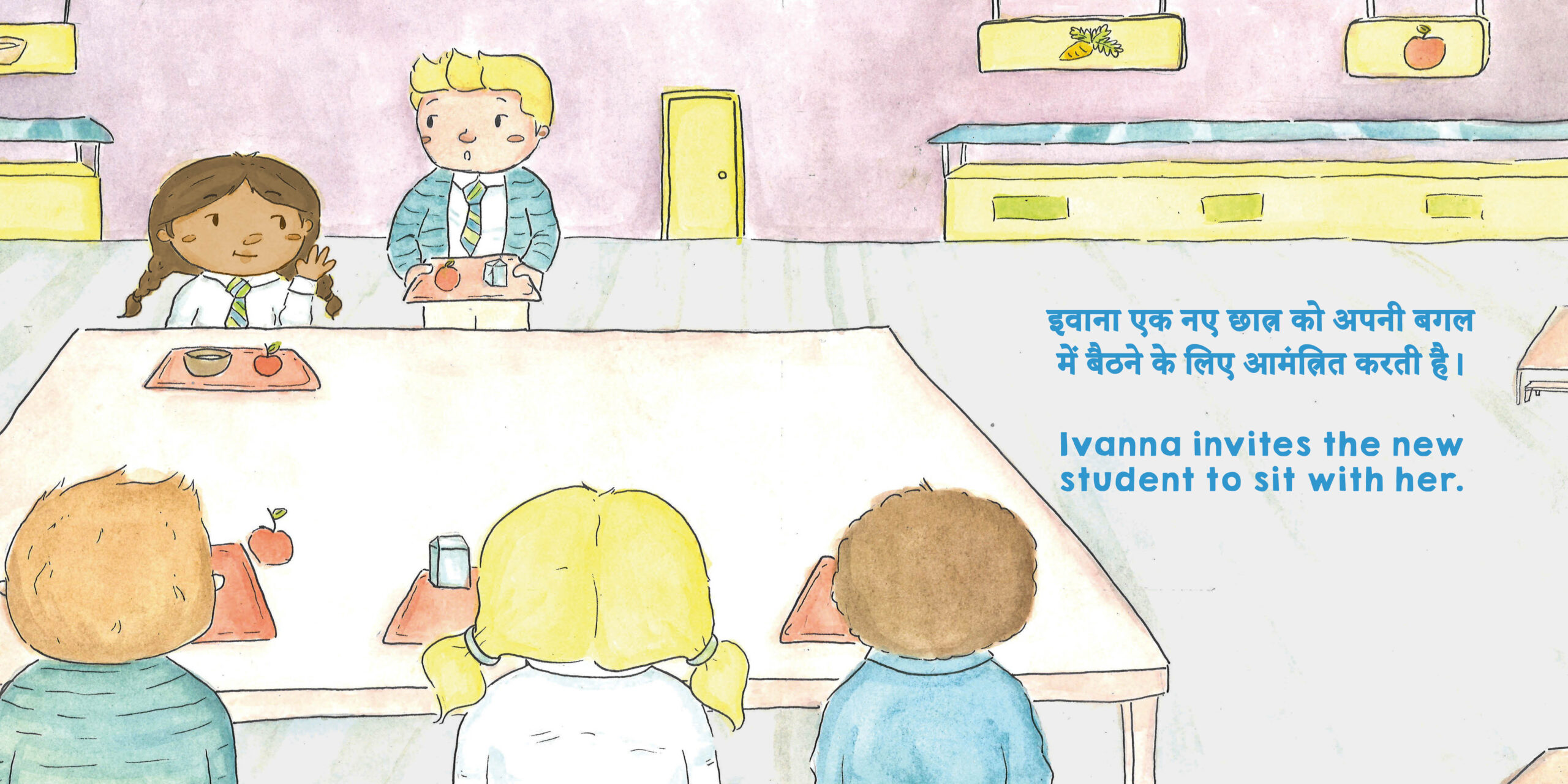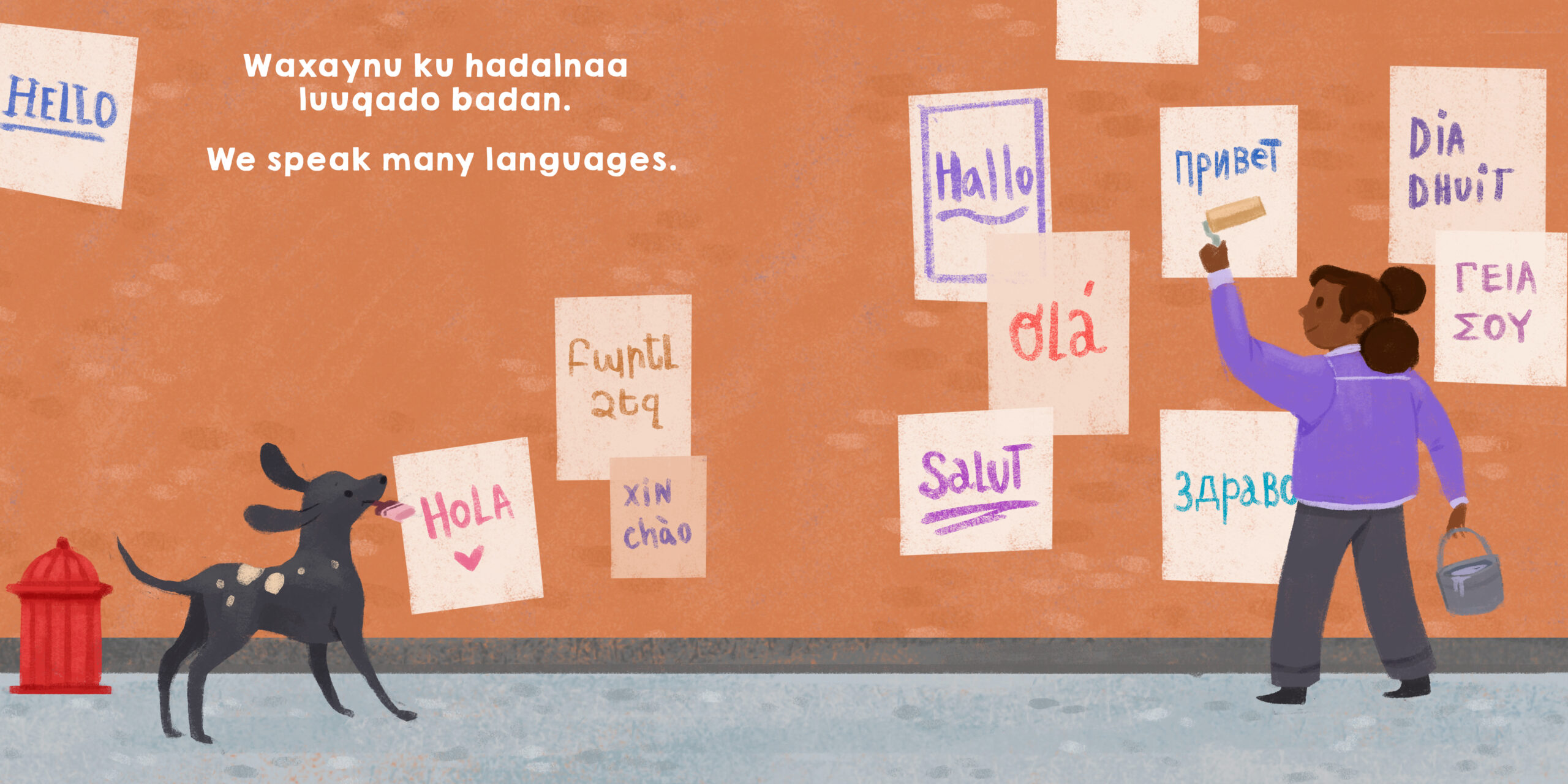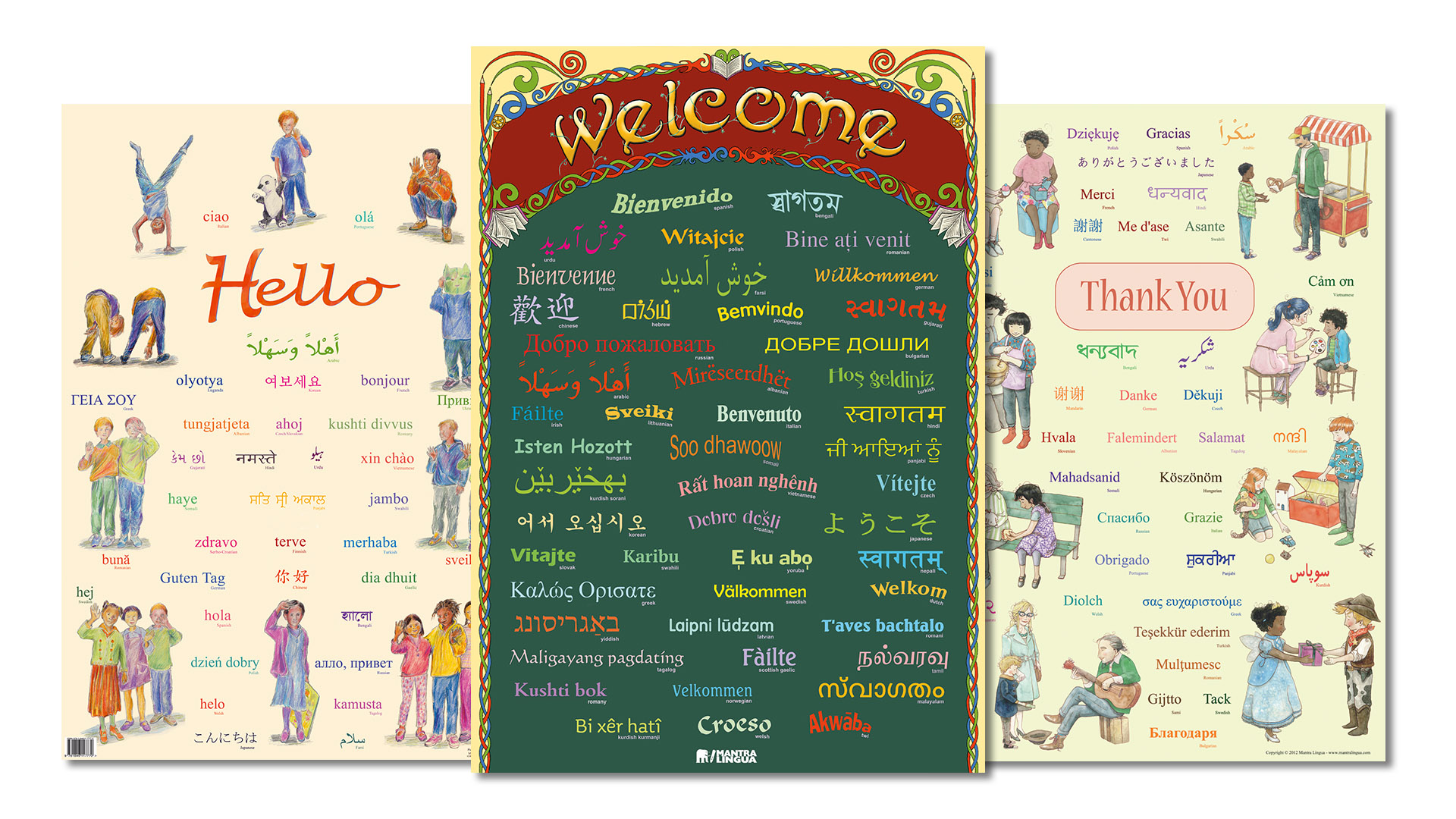This year, Language Lizard looks back at where we have been in order to understand how we can support our bilingual students right now. Today, we will talk about how you can prepare your classroom for bilingual students and reimagine their education beyond modern crises.
Remembering What Has Happened
This last year and a half tested our students, schools, and communities. Tumultuous events have permanently altered American lives, like the COVID-19 pandemic, its resurgence with the delta variant, social upheaval and change, and disasters resulting from global warming. Before these events, supporting bilingual students in the classroom already had its challenges. As we return to the classroom this year, our goal must focus on healing together as an educational community.
We need to stay aware of the stress these children may bring to the classroom. How has their social and emotional development progressed or slowed down after a year in lock down? Are your students recent immigrants or refugees? How can you make sure your students have a strong level of digital literacy?
In the past, Language Lizard has discussed how to ease anxiety, welcome immigrant and refugee newcomers, and differentiate instruction with technology. These resources are just the tip of the iceberg when it comes to assisting bilingual students.

Inside excerpt from Language Lizard’s bilingual book Be Kind
Consider these questions as you begin the new school year:
Is my classroom inclusive? Bilingual students must feel welcome and safe when they enter the classroom. Pictures on the wall should represent a variety of cultures, genders, and ages. Put up multilingual posters in the classroom so students will see their home languages reflected. The classroom layout should provide students with areas for diverse activities as well as places where students can go to read in comfort. The most important element is to ensure the students feel a sense of ownership in their classroom.
Have I represented all of my students? By collaborating with your school administration and your students’ families, you can find out ahead of time what cultures will be represented in your classroom’s student body. This will inform how you decorate your classroom, what languages are most likely to be represented, and the most common holidays and traditions that your students might be celebrating. Expand your curriculum to reflect the unique make-up of your students’ cultural backgrounds. This will reinforce the idea that your students have valuable cultural capital.
What bilingual resources do I have? Be sure to have bilingual books and other bilingual materials in your students’ home languages. This will help your students’ literacy skills. Read our post Bilingual Children: Benefits of Learning to Read in the Home Language for information and tips. Also make an effort to include books and resources that reflect multicultural characters and topics. Language Lizard offers free Multicultural Lesson Plans to help with this endeavor.
Am I communicating effectively with guardians? By extending the classroom to your students’ guardians, you will help bridge the gap between school and home. It is important to provide information on the benefits of maintaining a strong home language and the overall benefits of bilingualism. Send home bilingual books that are in your students’ home languages and encourage guardians to read the books out loud in their languages. This helps guardians understand the important role that they have in helping their children develop strong language and literacy skills in both languages.
Is my school district supportive? Make sure you are familiar with the kind of support that your school district may or may not be able to provide you. What are the financial resources at your disposal? Are there teachers or administrators in your district that can provide tips, suggestions, and support for bilingual teachers like you? Does your school district understand the unique needs of bilingual classrooms like yours? It is important to know where you can find support during the school year since many don’t understand the unique needs of a bilingual classroom. You may wish to join the local chapter of your state’s bilingual educators association for more information and support.
By going through this small checklist, your classroom will be ready to support bilingual students as well as their families. In the end, the most important thing is to show them that you care by providing a classroom that reflects multicultural diversity.

How did you prepare your classroom this year? What is one bilingual resource you cannot teach without? Tell us below and share your ideas on social media with the #BilingualBackToSchool.

